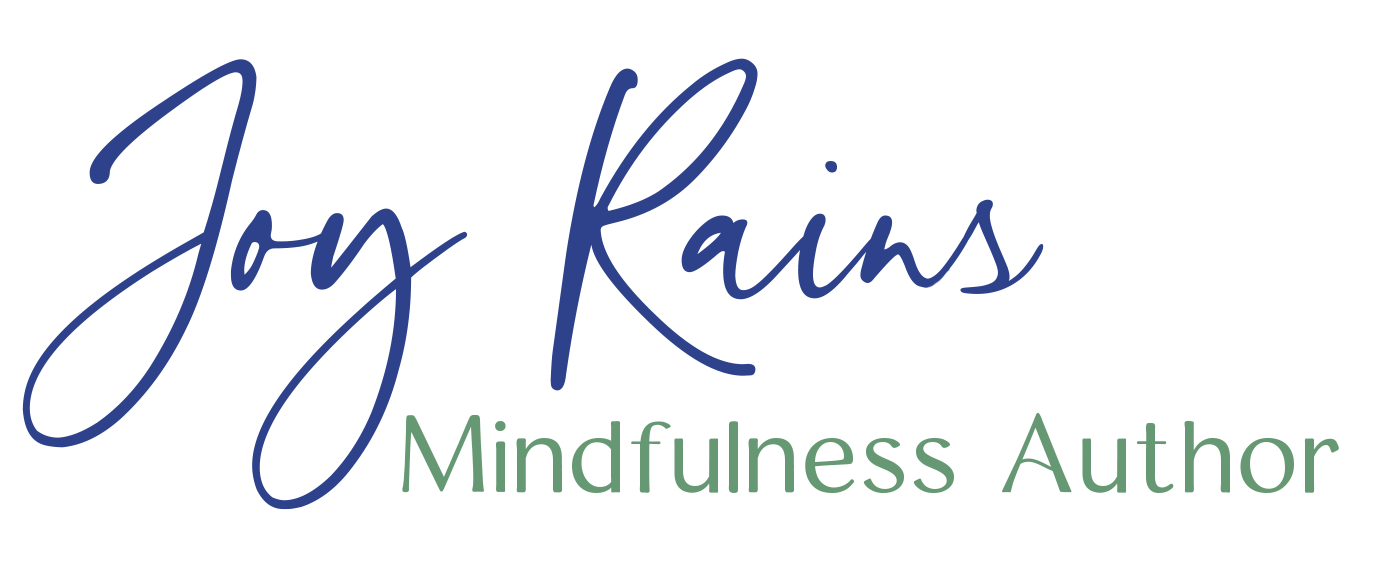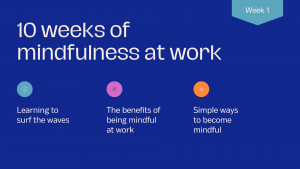10 Weeks of Mindfulness at Work
Welcome to week one of “10 Weeks of Mindfulness at Work” where you’ll discover simple tips and techniques to enrich your day with mindfulness. I hope you find inspiration from this 10-week series!
– Learning to surf the waves
I credit my dad, an accomplished swimmer, with teaching me how to bodysurf ocean waves. We’d venture far from the shore to catch a wave — then swim briskly away from the wave as it broke over us, taking us on an exhilarating ride back to shore. If the wave looked like it would break too soon to catch a ride, I learned to dive into it and pop up on the other side.
Just as the ocean is filled with waves, the mind is also filled with waves — thought waves. And just as you can learn to surf ocean waves, you can also learn to surf the waves of the mind.
– The benefits of mindfulness at work
Here’s where mindfulness comes in. “Mindfulness” refers to a state of being aware of the present moment with an open, non-judgmental attitude. And it’s this open state of awareness that allows you to “surf” the waves of the mind.
For example, imagine someone’s thoughts are spinning because of upcoming deadlines. Mindfulness skills can help them release anxious thoughts and focus on the task at hand. Or, let’s say they’re meeting with a colleague who has a different approach than theirs. Mindfulness can help them release their idea of the way things “should be” and instead, listen to their coworker with an open mind.
In addition to the ability to focus and to listen, other benefits of mindfulness at work include reduced stress, enhanced well-being, stronger interpersonal relationships, increased capacity for compassion — and more.
– Simple ways to become mindful
One way to become mindful is by practicing meditation. In a future post, I’ll share easy ways to meditate, even if you have a busy mind. You can also become mindful by weaving “mindful moments” into your day.
For example, pause and notice what you’re experiencing with your senses. As you breathe, notice the feeling of your chest or belly rising and falling. As you wash your hands, notice the smell of the soap or the sound of the water flowing.
WEEK ONE PRACTICE SUGGESTION: Pause and notice what you hear. Focus your attention on a repetitive sound, such as birds chirping or water flowing (recorded or live). You don’t have to do anything to make the sound come and go; it comes and goes on its own. Any time your mind wanders, gently redirect it to the sound, even if it’s every second or two. Practice for a few minutes or longer.

